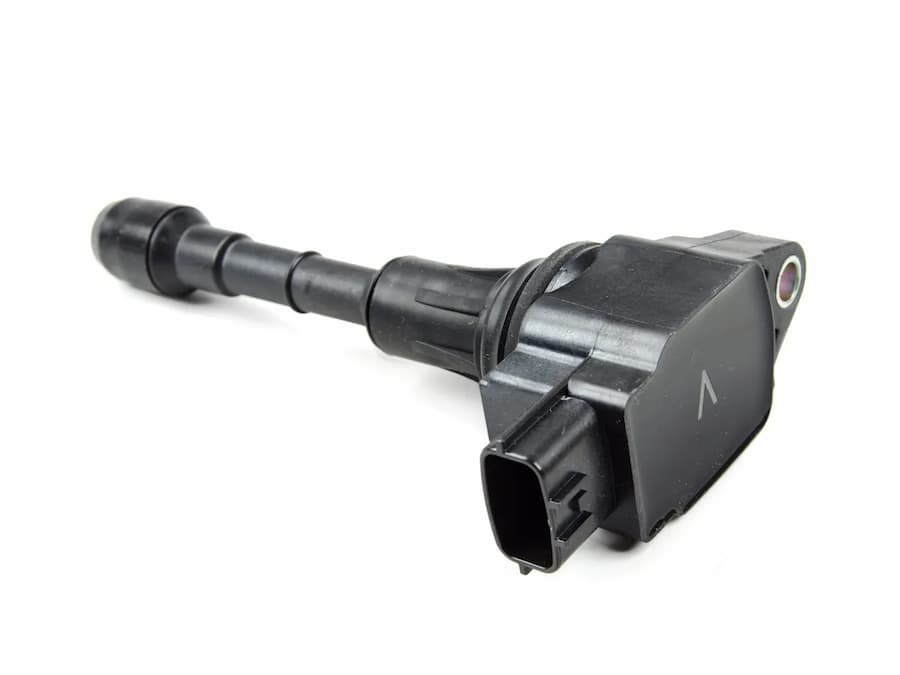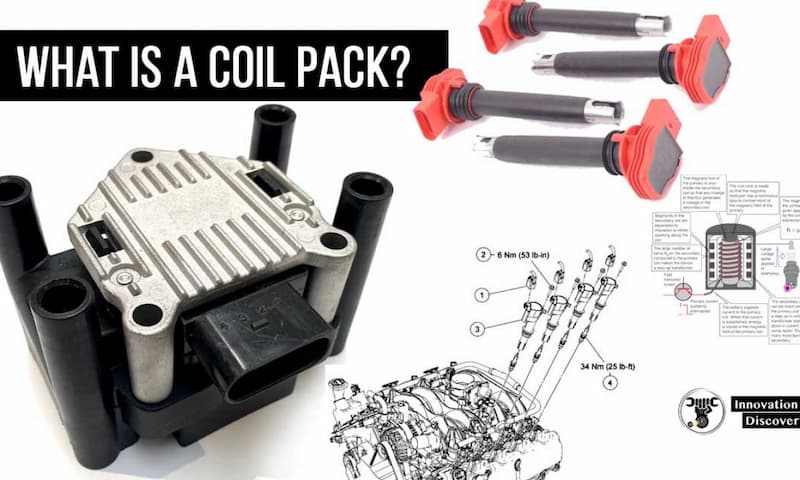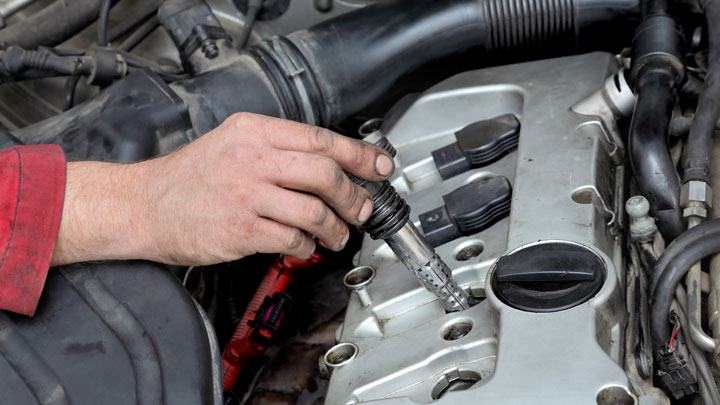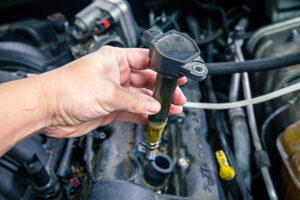
What is a Coil Pack?
Simply put, the ignition coil pack is a transformer that takes a low voltage from the battery and raises it to a level where the spark Bridges the spark plug gap, then ignites fuel and air in the engine cylinder. Therefore, ignition.
So, if your car has trouble starting, runs rough, lacks fire, or becomes thirsty, there may be a problem with the ignition coil or one of the coil packs.
If left unattended, this can be a serious problem, as a car running unsmoothly can damage the catalytic converters in the exhaust system. The good news, however, is that replacing the ignition coil is usually quite cheap if caught early.
What Is A Coil Pack?

The coil is part of the car’s ignition system that receives 12 volts of output from the battery (called low-voltage current) and converts it to up to 45,000 volts (called high-voltage current) before feeding it to the spark plug of the engine. It’s usually just a winding transformer filled with insulation.
What Does the Coil Pack Look Like?
If your car is an old one with traditional distributor ignition, it will look like a small metal cylinder (in fact, it’s often called a tank coil) with wires sticking out of it, one to the battery and the other to the distributor. Some systems, such as the GM HEI dispenser, install the coil directly into the dispenser cover.
In modern cars, the coil is usually mounted directly on top of the spark plug, so the high pressure is not too far away. Others attach square coil packs to fenders, firewalls, or motors with short wires connected to spark plugs. Some coils are in series, called box coils or sequential coils, or coil tracks. The engine computer sends 12 volts to each coil, in turn, to activate the plug when needed.
Where is the Coil Pack?
In older vehicles, the coil pack is usually mounted on a distributor near the firewall or engine that “distributes” the high voltage it generates to each spark plug via coarse rubber spark plug wires.
On modern cars equipped with electronic ignition systems, using a computer rather than a distributor to light the spark plug at the correct time, the coil may be mounted directly on or near the spark plug, without the need for high-voltage spark plug leads. As a result, modern engines can have multiple coils.
How Does the Coil Pack Work?
The coil works according to the simple electrical principles of the step-up transformer. It does this using two independent coils, both wound around a central iron core, both contained within an insulating body. A wire called a secondary winding consists of thousands more windings than another wire called a primary winding. The difference in the number of windings (think of a spool) determines the voltage level for a given input.
The main line receives a low voltage from the battery, generating a magnetic field around it. However, once the ignition system or electronic control unit (ECU) interrupts the current, the magnetic field collapses, creating or inducing a higher voltage in the secondary wire leading to the spark plug.
Why Do Engines Need Coil Pack?
Without the coil pack, the spark plug will not receive a voltage high enough to ignite the fuel/air mixture in the combustion chamber. The pressure in the cylinder is very high, so the voltage must be very high for the spark to be effective. The voltage provided by the faulty coil can only trigger the plug under certain circumstances, which is what causes intermittent fire loss.
Why Does a Coil Pack Fail?
The ignition coil pack hates heat and vibration, so the hot engine compartment is a challenging place for it. Over time, temperature and vibration can damage the windings and insulation of the coils. If the internal insulation layer is damaged, it may cause a short circuit in the windings, limiting the magnitude of the voltage increase.
Another way a coil can fail is by creating cracks in its insulating housing. These cracks will let moisture into the windings, causing the windings to short-circuit intermittently, resulting in uneven operation.
The final cause of coil failure is overload caused by spark plug wear or wire damage when electrode clearance exceeds the specified limit. Over time, the voltage required rises to a level that causes the coil to overheat and short-circuit.
What are the Symptoms of a Faulty Coil Pack?

Symptoms of a faulty coil pack are very similar to those of a faulty spark plug, including an unsteady idle, an unusually loud engine, a marked decline in revs during acceleration, and a severe lack of power. In extreme cases, you may also notice that the check engine indicator light is blinking.
Once the coil pack fails, the engine may be short of fire because one or more spark plugs in the engine cylinder are not receiving enough voltage.
Coil packs can also fail under load (e.g., at 45 MPH at high speeds) and occasionally experience the “bite” sensation of intermittent lack of fire. This fire may not even have a fire code, but it can be very annoying.
What If the Coil Pack Breaks?
Coil sets are easy to replace for DIY artisans. Once the coil or group of coils is found (which is very easy once the bonnet is removed), there is usually only a screw or a small bolt to hold it in place. Remove the bolt, pull the coil, and the coil pops out.
How to Make Sure that the Coil Pack Has No Problem
Note that the most reliable way to test for ignition coil failure is to record the missing fire count on each cylinder using an oscilloscope or fault diagnosis instrument.
However, there is a fairly simple test you can perform to ensure the coil pack works properly. What you need to do is check the primary and secondary resistance of each coil with an ohmmeter. But to be clear, this resistance test is not 100 percent accurate — the coil can pass the resistance test, but if it leaks high pressure inside the coil, that’s still the problem — and the meter test won’t show that.
For primary resistances, the ohmmeter should be set to the 10-ohm range. You then need to contact one of the meters leading to the central pin of the electrical connector of the coil bank. If the reading is between 0.3 and 1.0 ohms, it is in the range, but this is not a stop-test.
Conclusion
Simply put, a coil pack is a collection of ignition coils that convert the energy of the car battery into a spark that ignites each cylinder individually. In the late 1990s, coil sets began to replace the less efficient dispensers in vehicles. Without the coil pack, the spark plug will not receive a voltage high enough to ignite the fuel/air mixture in the combustion chamber.


Average Rating